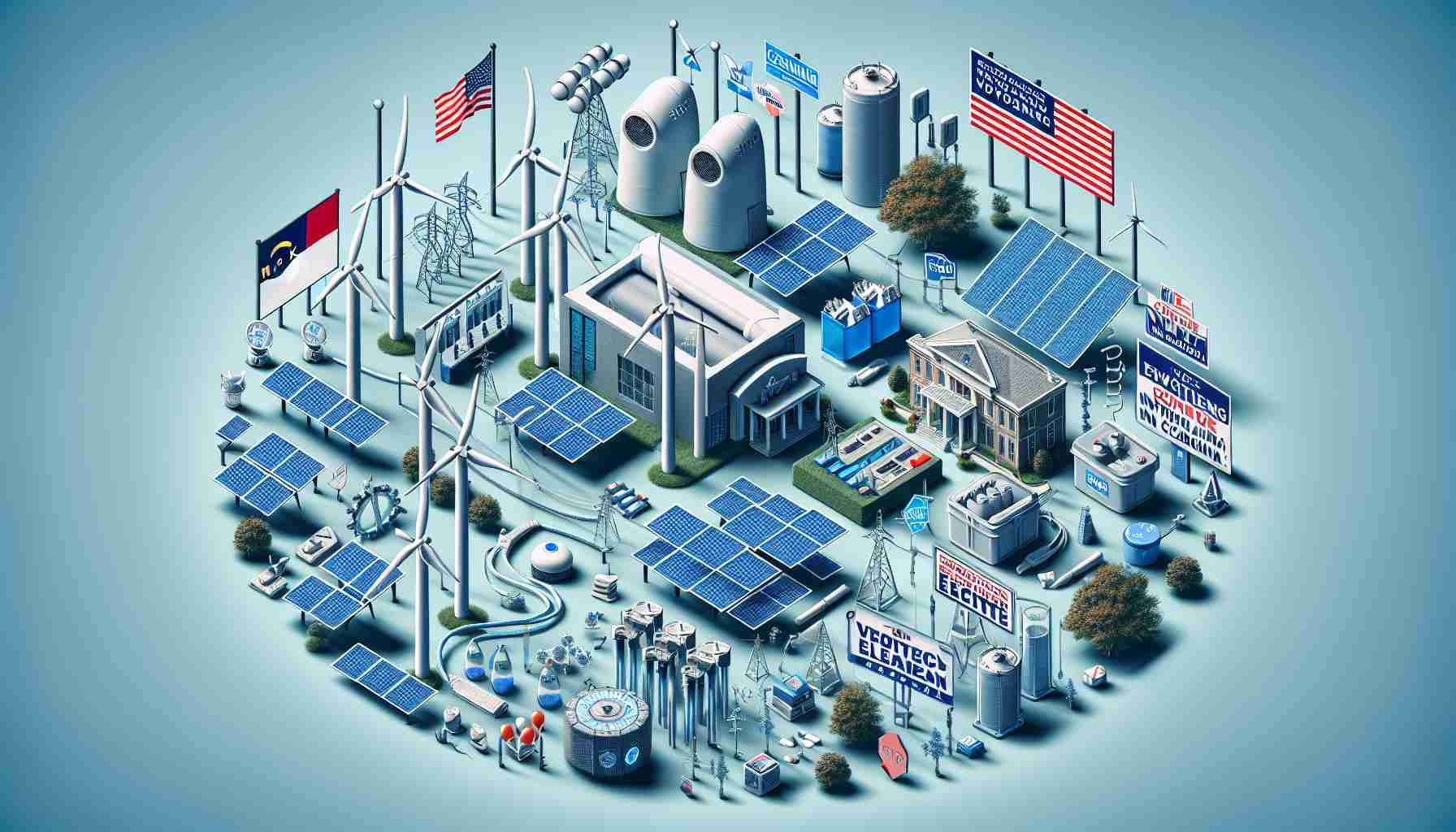Bioluminescence is a captivating natural phenomenon that has intrigued scientists and nature enthusiasts alike. This remarkable occurrence, where living organisms emit light, can be found in various species, including certain types of fungi, bacteria, and marine animals. Understanding bioluminescence not only sheds light on the wonders of nature but also has practical implications for science and technology.
Bioluminescence is primarily the result of a chemical reaction involving a light-emitting molecule called luciferin and an enzyme known as luciferase. When these two components interact, they produce light. This process can occur in multiple environments, but it is most spectacularly displayed in the ocean. An estimated 90% of deep-sea organisms exhibit some form of bioluminescence, making it a vital feature in the lives of many marine species.
One of the most well-known examples of bioluminescence is the firefly, a type of beetle. Fireflies use their light to attract mates and signal their presence to one another. Interestingly, different species of fireflies produce variations of light, ranging from yellow to green to even blue, depending on their specific luciferin compounds. This display is not just beautiful; it plays a crucial role in their reproductive success.
In marine environments, bioluminescence serves several important functions. For instance, it can be used as a defense mechanism. Some species, like the Pacific squid, can emit a dark cloud of bioluminescent fluid to obscure their escape from predators. Others, such as the anglerfish, use bioluminescent lures to attract prey directly to them. This adaptation allows them to thrive in the dark depths of the ocean where light from the sun cannot penetrate.
The study of bioluminescence is not only of ecological interest; it also has significant applications in biotechnology and medical research. For example, the discovery of green fluorescent protein (GFP), derived from the bioluminescent jellyfish Aequorea victoria, has revolutionized molecular and cellular biology. GFP and its derivatives are widely used as markers in genetic engineering, allowing scientists to visualize cellular processes, study gene expression, and track biological pathways in living organisms.
Furthermore, researchers are exploring the potential use of bioluminescent organisms in environmental monitoring. By genetically modifying certain bacteria to glow in the presence of pollutants, scientists can create biosensors that provide real-time data on environmental health. This technology not only enhances our ability to detect contamination but also promotes more sustainable practices in industries like agriculture and waste management.
In conclusion, bioluminescence is a fascinating and essential aspect of life on Earth. From its ecological roles in the marine food web to its applications in science and technology, the ability of living organisms to produce light captivates our imagination and enhances our understanding of the natural world. As research continues, the potential uses of bioluminescence may open up new frontiers in environmental science, medical research, and beyond. The glow of nature is not just a beautiful sight; it is a source of inspiration and innovation.
Discovering Bioluminescence: Tips, Life Hacks, and Fun Facts
Bioluminescence is not just a wonder of the natural world; it offers numerous opportunities for learning, discovery, and even practical applications in our daily lives. Here are some tips, life hacks, and fun facts to help you delve deeper into this captivating phenomenon.
1. Explore Bioluminescent Locations
If you’re a nature enthusiast looking to witness bioluminescence, consider planning a trip to locations known for their glowing wonders. Places like Mosquito Bay in Vieques, Puerto Rico, or Waitomo Glowworm Caves in New Zealand are famous for their breathtaking displays. Research local tour companies that offer night excursions to maximize your chances of seeing these beautiful sights.
2. Create Your Own Bioluminescent Garden
For home gardeners, consider introducing plants that have bioluminescent properties—while direct bioluminescent plants remain limited, you can create a light-up effect using glow-in-the-dark materials or incorporate LED lights to mimic the enchanting look of bioluminescent organisms. Choose plants like certain types of mushrooms or flowers that thrive in low light to set the mood.
3. Experiment with DIY Bioluminescent Fabrics
You can make your own bioluminescent clothing or accessories! By utilizing glow-in-the-dark paint or fabric, create patterns that will glow at night. This can be a fun project for nights out or festivals, ensuring you stand out while showcasing your creativity.
4. Keep Learning through Online Resources
To expand your understanding of bioluminescence, utilize online platforms such as documentaries, websites, and educational channels. A great starting point is the National Geographic, which frequently covers fascinating aspects of nature, including bioluminescence.
5. Connect Bioluminescence to Broader Scientific Themes
Learn about how bioluminescence is related to other scientific categories like ecology, genetics, and environmental science. By drawing connections between bioluminescent organisms and their ecosystems, you can gain insight into the importance of biodiversity and the delicate balance of life.
6. Fun Facts to Light Up Your Day
– Did you know that the deep sea is home to over 90% of bioluminescent species? From jellyfish to lanternfish, these creatures have adapted to their dark environments in astonishing ways.
– Fireflies don’t just glow for mating; their light serves various purposes, including warding off predators by signaling their toxicity.
– Researchers have found that certain bioluminescent organisms can function as a communication tool, sending signals to attract mates or warn off competitors.
7. Utilize Biotechnology Innovations
Look for ways to support products or projects that harness bioluminescence for scientific and environmental applications. Stay updated with biotech advancements by visiting platforms like Science Magazine, which covers innovations in molecular biology and environmental science.
In conclusion, bioluminescence offers a striking blend of beauty and practicality. Embracing this phenomenon can lead to numerous adventures, both in nature and in your own creative endeavors. As you explore the luminescent world around you, remember that every glowing organism is a reminder of the depths of innovation and discovery still waiting to be uncovered.






















